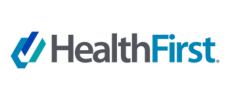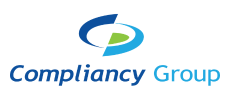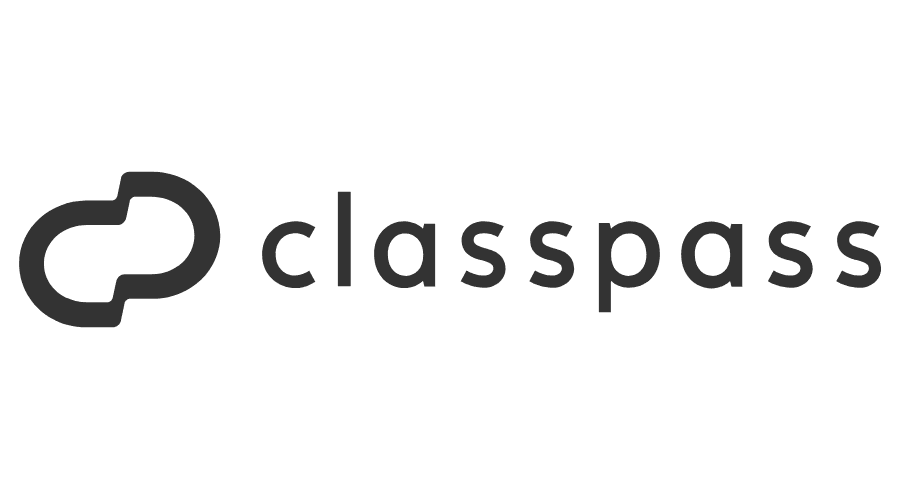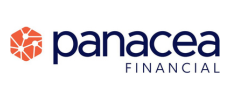FDA Launches Enforcement Initiative Against Deceptive Drug Advertising
Per the notice below, the United States Food and Drug Administration (FDA) has launched an enforcement initiative against deceptive drug advertising.
FDA Launches Crackdown on Deceptive Drug Advertising
The U.S. Department of Health and Human Services and the Food and Drug Administration today announced sweeping reforms to rein in misleading direct-to-consumer pharmaceutical advertisements. Today, the FDA is sending thousands of letters warning pharmaceutical companies to remove misleading ads and issuing approximately 100 cease-and-desist letters to companies with deceptive ads. In addition to enforcing existing law, the FDA is initiating rulemaking to close the “adequate provision” loophole created in 1997, which drug companies have used to conceal critical safety risks in broadcast and digital ads, fueling inappropriate drug use and eroding public trust.
“Pharmaceutical ads hooked this country on prescription drugs,” Health and Human Services Secretary Robert F. Kennedy, Jr. said. “We will shut down that pipeline of deception and require drug companies to disclose all critical safety facts in their advertising. Only radical transparency will break the cycle of overmedicalization that drives America’s chronic disease epidemic.”
The FDA is concerned patients are not seeing a fair balance of information about drug products. This concern is magnified when serious risks are not clearly presented, or the information is too difficult for seniors to read or hear.
“For far too long, the FDA has permitted misleading drug advertisements, distorting the doctor-patient relationship and creating increased demand for medications regardless of clinical appropriateness,” said FDA Commissioner Marty Makary, M.D., M.P.H. “Drug companies spend up to 25% of their budget on advertising. Those billions of dollars would be better spent on lowering drug prices for everyday Americans.”
Americans also live in a new era of social media. An increasing reliance on digital and social media channels, including undisclosed paid influencer promotion, has blurred the lines among editorial content, user-generated media, and pharmaceutical advertising, making it increasingly difficult for patients to distinguish between evidence-based information and promotional material. A 2024 review in the Journal of Pharmaceutical Health Services Research reveals that while 100% of pharmaceutical social media posts highlight drug benefits, only 33% mention potential harms. Moreover, 88% of advertisements for top-selling drugs are posted by individuals and organizations that fail to adhere to the FDA fair balance guidelines. The stakes surrounding prescription drug ads are high. While these ads can raise awareness of disease states and beneficial therapies, they must also disclose important risks and limitations. Current law requires that advertisements present a fair balance between a product’s risks and benefits; avoid exaggerating benefits; not create a misleading overall impression; properly disclose financial relationships; and include information regarding major side effects and contraindications. Despite widespread violations, the FDA has been increasingly lax and reactive in its enforcement approach over the last few decades. The FDA used to send more than a hundred warning letters each year, and misleading ads were rare. But over time, enforcement waned and the number of warning letters sent to pharmaceutical companies dropped to one in 2023 and zero in 2024. The FDA will no longer tolerate such deceptive practices. Going forward, the agency will aggressively deploy its available enforcement tools. The FDA is already implementing AI and other tech-enabled tools to proactively surveil and review drug ads. The Trump Administration and HHS Secretary Kennedy are committed to restoring transparency, accountability, and trust in health care. By closing loopholes and stepping up enforcement, the FDA will protect patients, safeguard public health, and hold the pharmaceutical industry accountable.

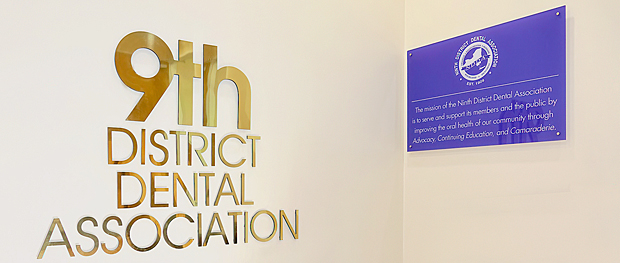


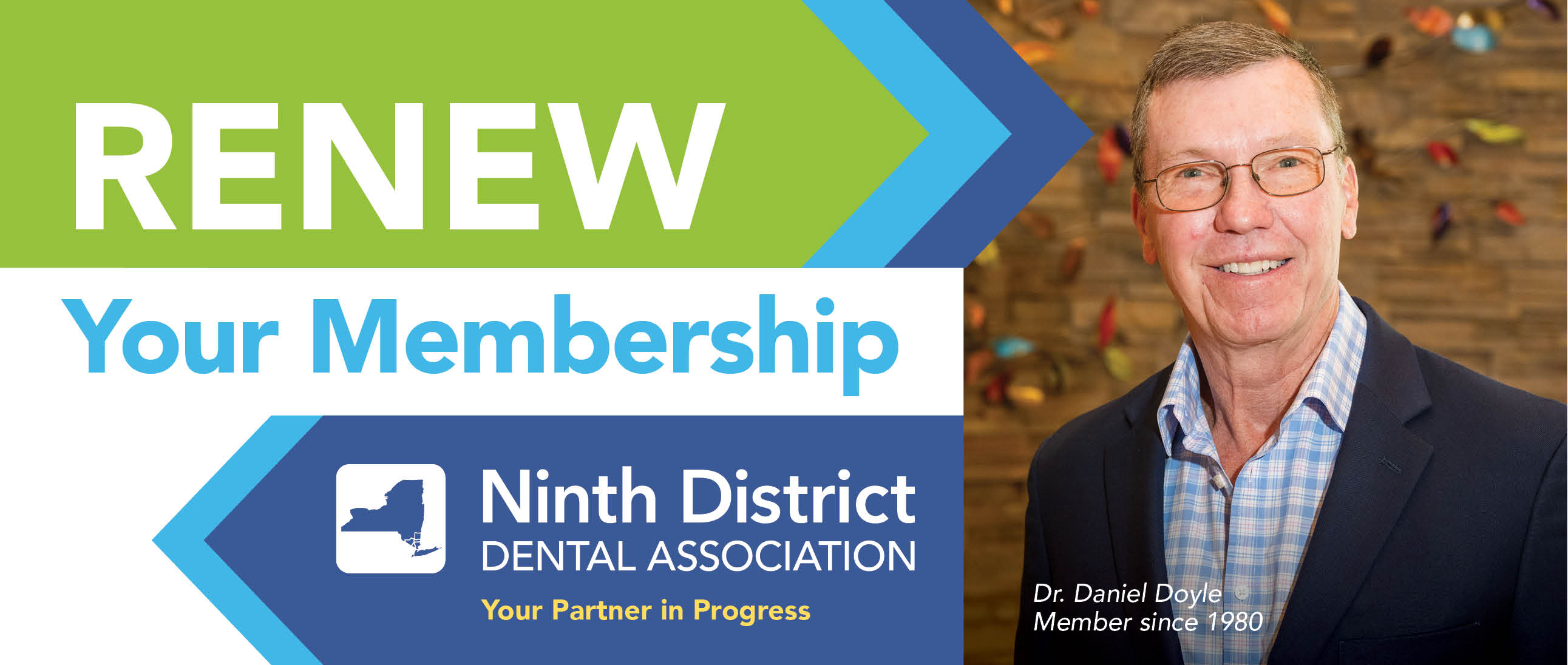






.png?sfvrsn=4447de7f_1)







